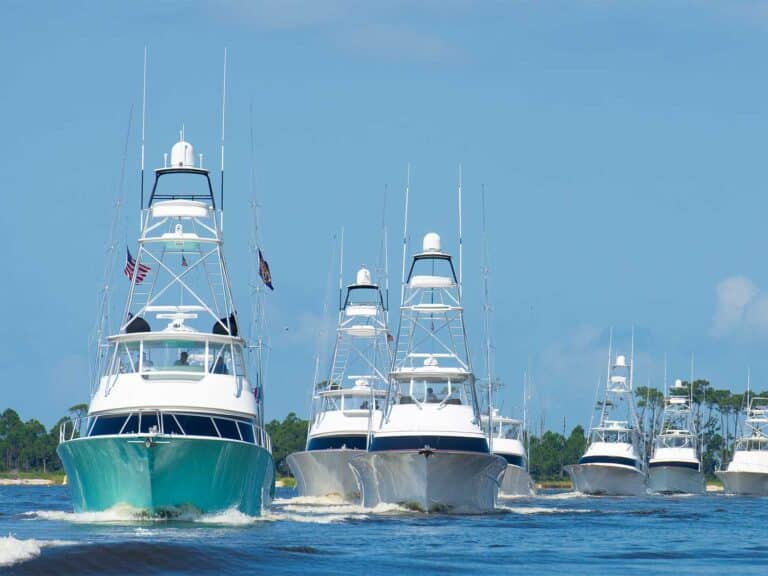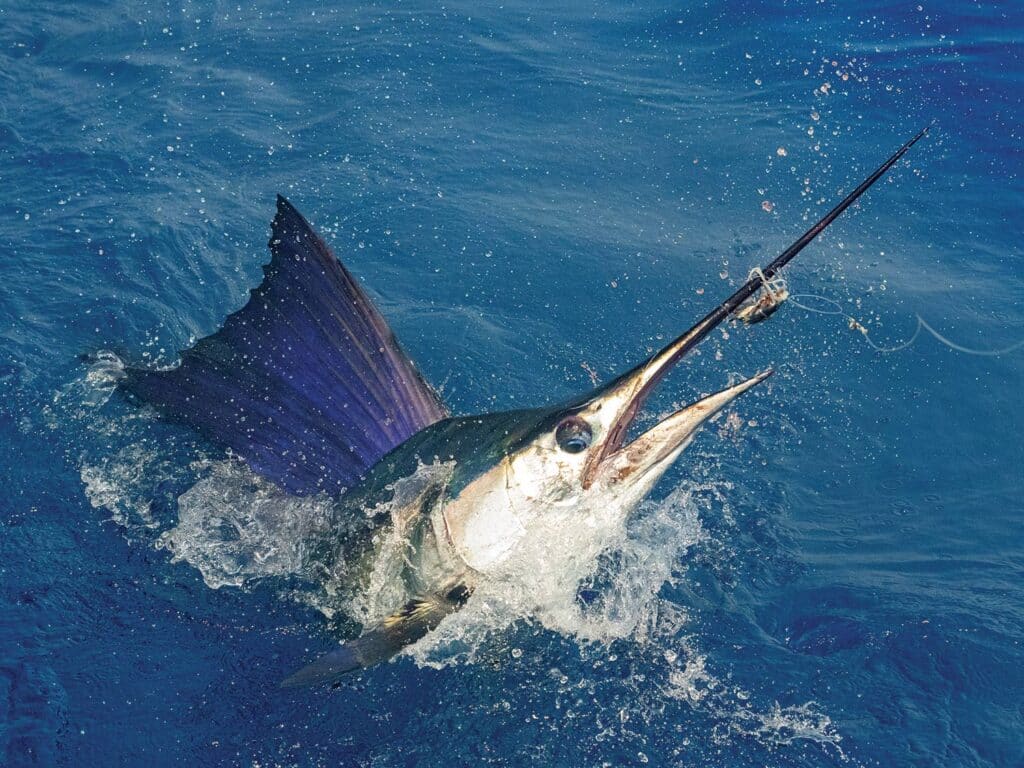
Special delivery: Sign up for the free Marlin email newsletter. Subscribe to Marlin magazine and get a year of highly collectible, keepsake editions – plus access to the digital edition and archives.
The opportunity for adventure is a huge part of the allure every time we toss the dock lines and head offshore—those eye-opening and sometimes jaw-dropping moments of pure adrenaline that keep us coming back for more. It could be something as idyllic as the most gorgeous sunrise you’ve ever seen, the colors straight out of a Gauguin watercolor, or that “gotcha” moment when a blue marlin suddenly appears behind the teaser you’ve been staring at for an hour and you involuntarily flinch at the startling shock of the sight. The more time you spend on the water, the more likely you are to witness those unforgettable moments that seem forever frozen in time, those “Remember that one?” memories you share with friends for years after the fact.
Night Moves
Overnight trips have been increasing in popularity in recent years. In some places, such as my adopted home waters off the central west coast of Florida, spending multiple nights offshore is a necessity due to the long runs, often usually 100-plus miles each way to our blue marlin grounds. Spending multiple nights offshore is also a way to maximize the time you spend on the water—there’s nothing like putting the baits in the water before the sun peeks over the horizon, when you can capitalize on those crucial early-morning bites. Same thing with the afternoons, when you can continue to fish right through sunset, rather than packing it in and heading for the barn by midafternoon. If you can still see the teasers, you’re still fishing.
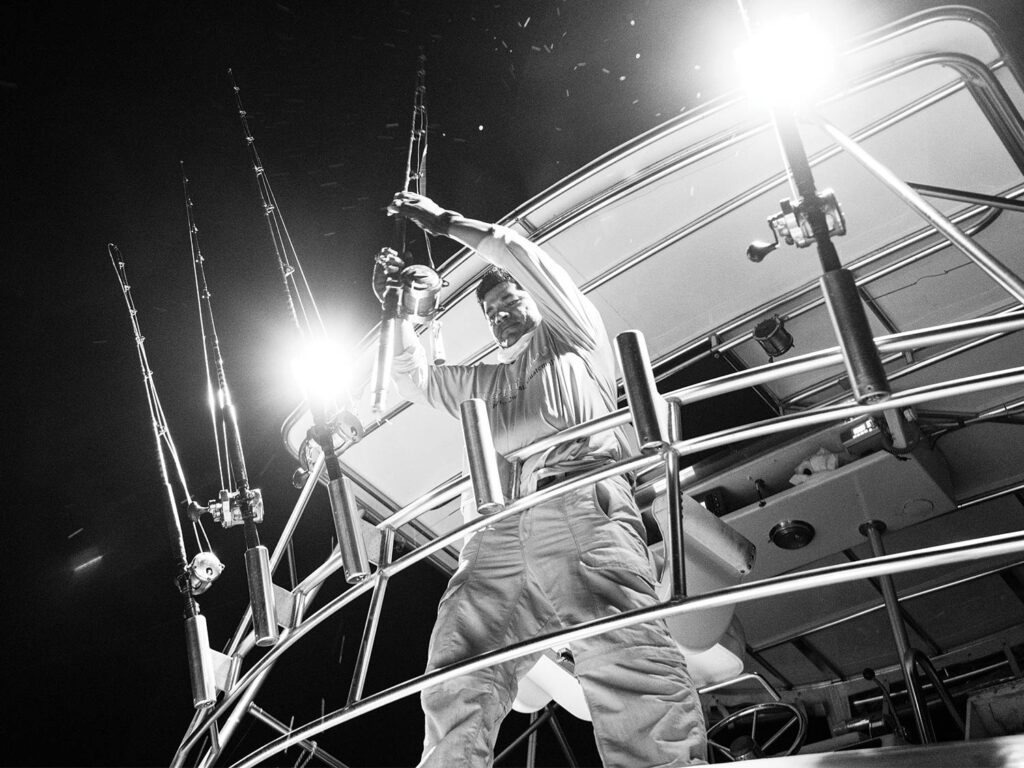
So, when Capt. Eddie Bairez got in touch with me earlier this year, he had an offer that was definitely hard to turn down. I’ve known Bairez for more than 20 years, going back to his days working for the legendary Capt. Ron Hamlin. Since then, we’ve shared some memorable adventures encompassing Guatemala to Venezuela, Costa Rica, and twice to Myanmar, where we explored some virtually unfished seamounts in the Andaman Sea. He wanted to start doing some overnight trips to explore the distant depths well past the stomping grounds of the local charter fleet. Another factor to consider: No one has caught a recreational swordfish there. It’s been tried in the past, but no one had yet connected with a broadbill.
I’ve caught exactly one swordfish so far, so I enlisted the help of a couple of knowledgeable buddies, and we dived headfirst into the project. The first step was to assemble lists and purchase everything we’d need for that kind of specialized fishing, from hooks to lights and weights to leaders. Because this was to be an IGFA-legal attempt, we decided to focus on fishing during the evenings rather than trying to hand-crank one from the depths in the daytime. I also packed some 12-pound-test monofilament for the inevitable sailfish that we were sure to encounter on the troll during the days.
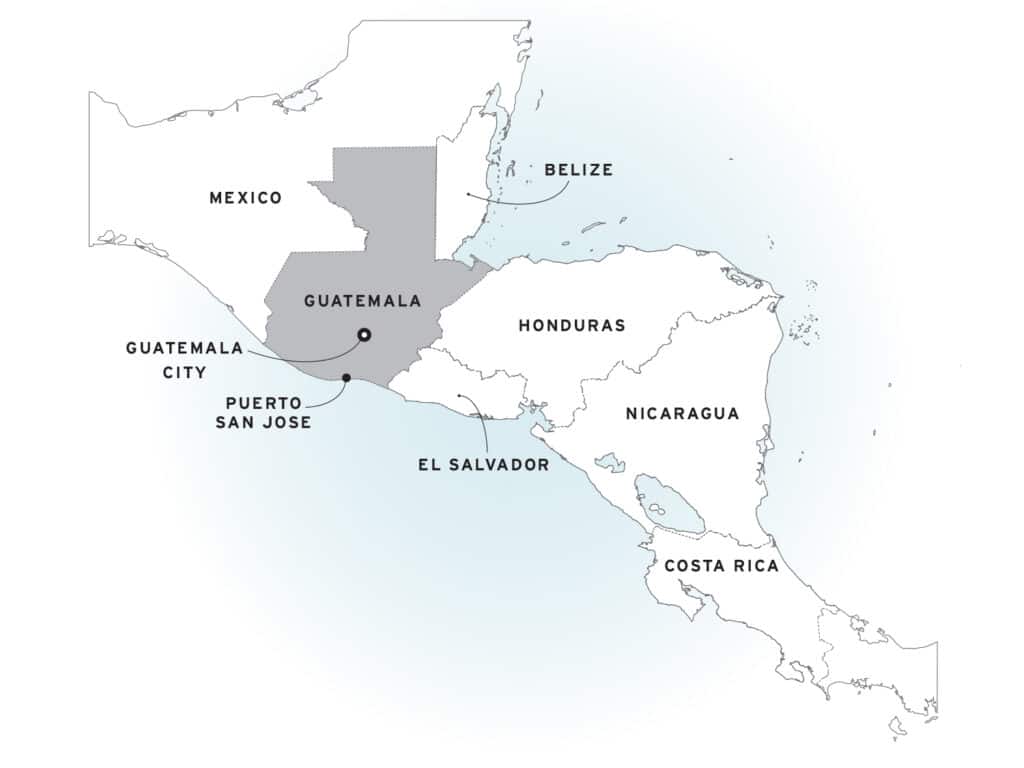
Back in Time
When Miamian Tim Choate set out to open a Guatemalan sport-fishing lodge in the mid-1990s, he set up shop just outside Puerto San Jose. Within a few short seasons, his Fins ’n Feathers operation was attracting adventurous anglers and captains, thanks to some truly astounding numbers of sailfish releases. Hamlin was among the first to fish there full time, along with a host of notable skippers who followed over the years, including Brad Philipps, Ross “Flash” Clark, David Salazar, Chris and Mike Sheeder, Chris “Kiwi” Van Lewellen, Jason Brice and many more. Some of these legends still ply those storied waters, while others have passed away or moved on, their longtime mates now assuming the roles of captain.
When Hamlin died in 2018, the longtime owners of the Capt. Hook charter operation felt that Bairez was best-suited to carry on his former captain’s legacy at the helm. Since then, Capt. Hook remains one of the top boats in the fishery; the 43-foot Willis has amassed more than 30,000 billfish releases in her fishing history. We looked to add a few more on this trip, and maybe even a shot at that elusive first swordfish.
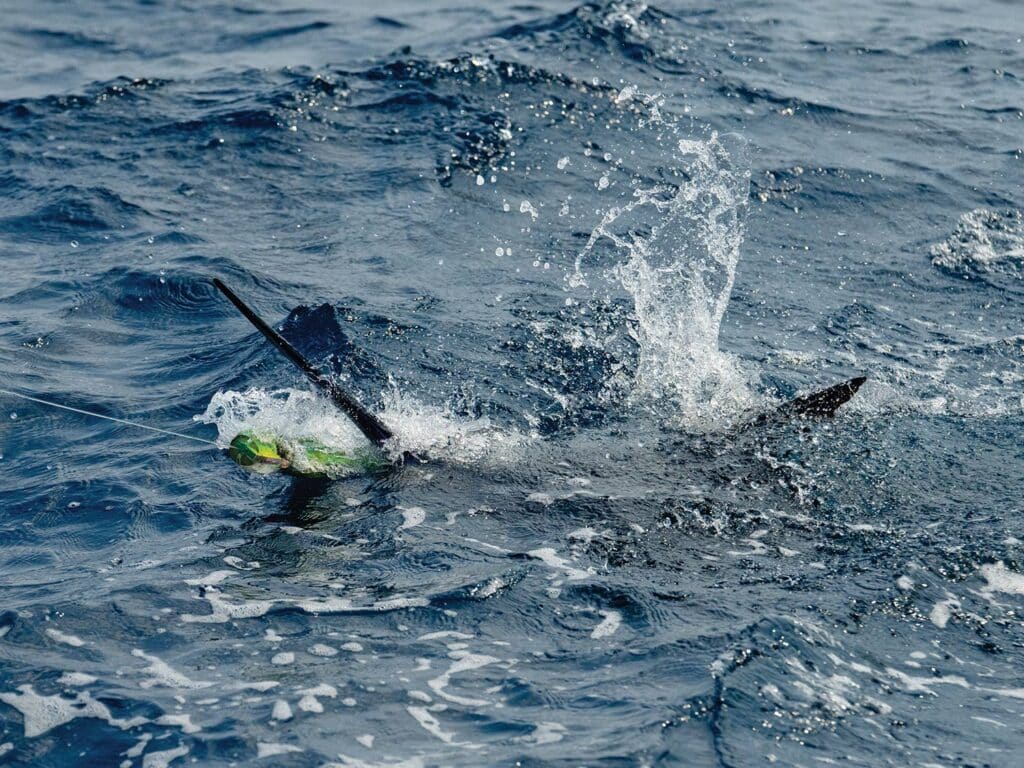
From a billfish’s perspective, a big part of Guatemala’s allure is a geographic feature known simply as the Pocket. This deepwater trench starts at around 10 miles out of Puerto San Jose—the nation’s only deepwater commercial port on the Pacific coast—and stretches to the edge of the continental shelf some 50 miles to the south. With the recreational fleet typically fishing anywhere from 20 to 40 miles from the dock, we’d be much farther down the line, and we would have plenty of time to explore once we got there.
After arriving at the spacious five-bedroom lodge in the secure gated community of Likin, just a few minutes from the marina, we set to work unpacking, sorting and rigging all kinds of tackle while discussing the game plan and the weather. Things looked favorable for the first few days at least, so we would chug offshore that evening after dinner, then troll the following day from before sunrise until after sunset. Set up to drift all night, then do the same thing the following day and night. By the third day, we’d fish our way back until lunchtime, then pick up and run home in time for a swim in the pool, dinner and an early departure the following morning.
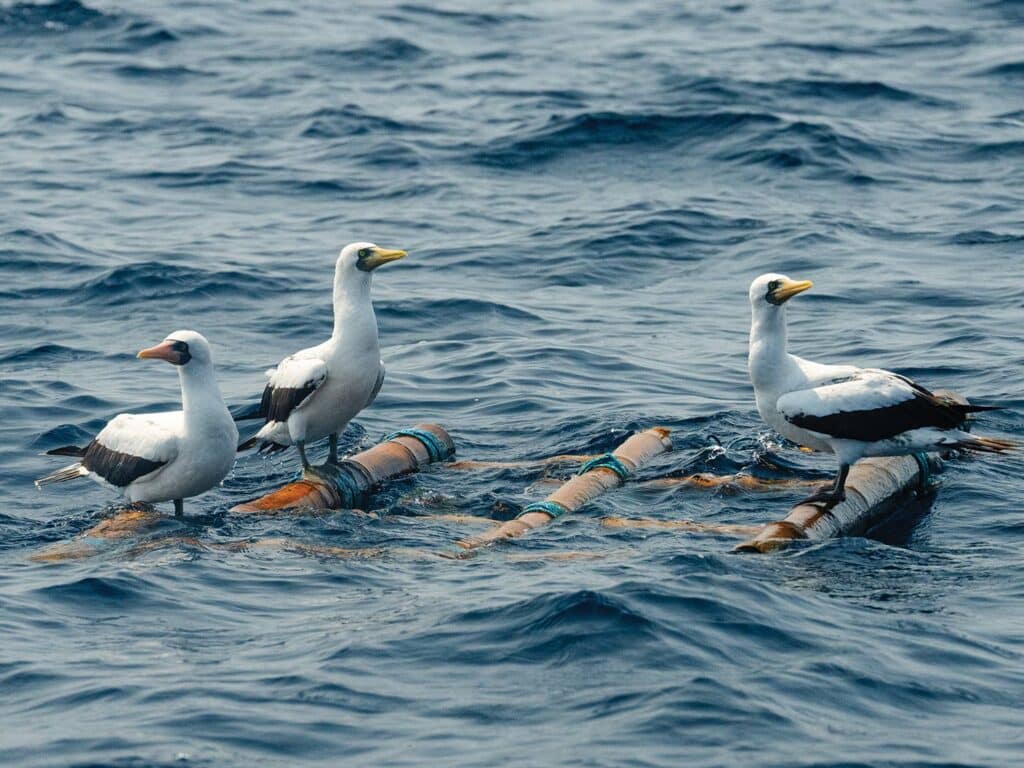
Rise of FADs
As with many other parts of the world, deploying some kind of fish-attracting device offshore has become popular in Guatemala. These FADs vary widely in design and effectiveness, but when they are placed correctly, they can give you a starting point. Two weeks prior to our trip, Bairez had placed a FAD in the depths near the mouth of the Pocket, so that would be our destination for the first morning. But, as we learned, sometimes the conditions aren’t right, and even after a few weeks in the water, nobody was home when we arrived at first light. We pounded the area but marked little in the way of bait amid some distinctly green-tinged water, so we moved on and hoped for better conditions. Needle, meet haystack—it’s a big, lonely ocean out there. Fortunately, we had plenty of time to work the nearby drop-offs and edges, where conditions improved by midday. That afternoon, we encountered the sailfish—not in singles, but in multiples of threes, fours and fives. Using 12-pound-test, the fights were even more memorable, and the bite lasted until just after sunset. Along with the sails, we caught plenty of 20-to-30-pound dorado.
After an uneventful night of soaking carefully rigged skirted dorado bellies without a bite, we were back at it the next day, where conditions appeared to be improving. The sailfish action remained consistent overall and was definitely best early and late. Oddly enough, there were no singles; every bite was a pack attack by at least three or more fish. Then by midafternoon, we stumbled across the piscine equivalent of an oasis in the Sahara—some sort of floating dock or raft the size of a small table, with a handful of masked gannets lounging around on it. A quick pass with the sabikis yielded enough small bonitos to fire out a few live baits, and within five minutes, we had the first of three blue marlin hooked up and burning down a 50-wide. Amazingly, the first blue appeared within feet of the boat, close enough to reach out and touch with a rod tip as it appeared behind a bridge teaser that was swimming lazily alongside the cockpit as we slow-trolled with one engine in gear. It was just one of those incredible sights that we all were fortunate to witness. In between marlin bites, we caught a pile of sails and dorado as well, and we worked the area for the rest of the second day. Eventually we were 3-for-4 on blues, thanks to the floater.
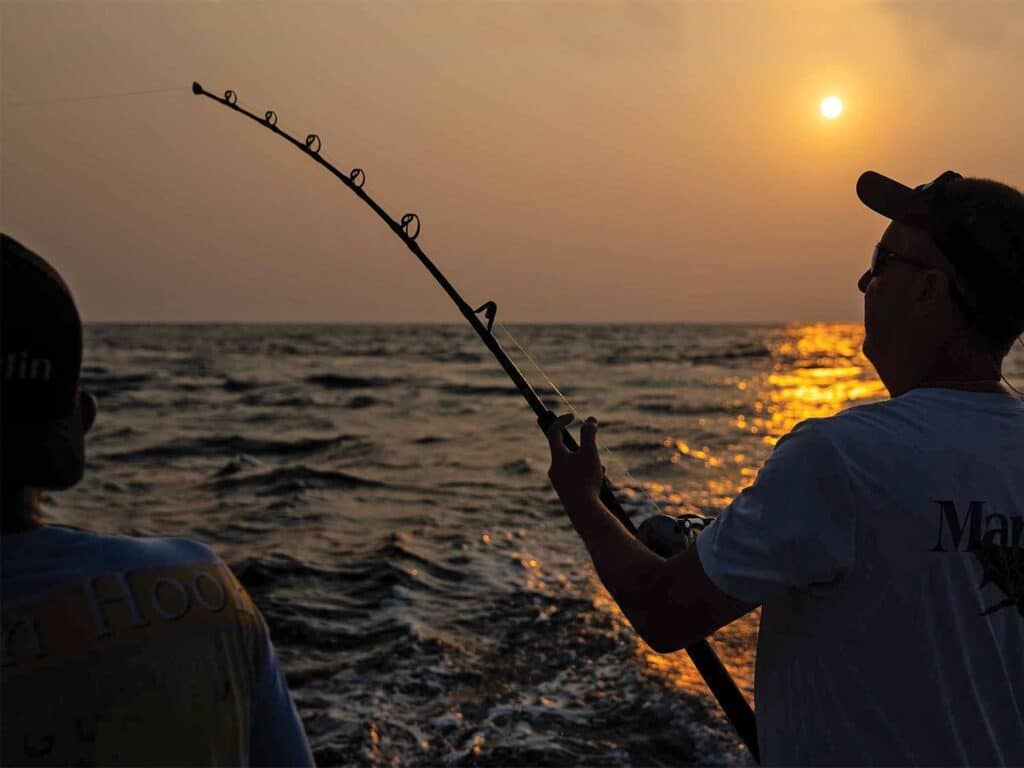
While the conditions looked better as the sun set, we spent another night watching the swordfish baits without any luck. It was clear that this was one first that would not come easily, as we discussed the different ways to approach it.
As we made our way home on the third morning at sea, the weather turned a bit snotty with some rain and wind, but thankfully it was at the end of the trip rather than the beginning. In talking with the other charter boats that we passed on our way back to the dock, they reported slow fishing the past few days with just a few sails, so we felt very fortunate to have worked hard and found what we did in the distant deep, between the blues and the light-tackle sails.
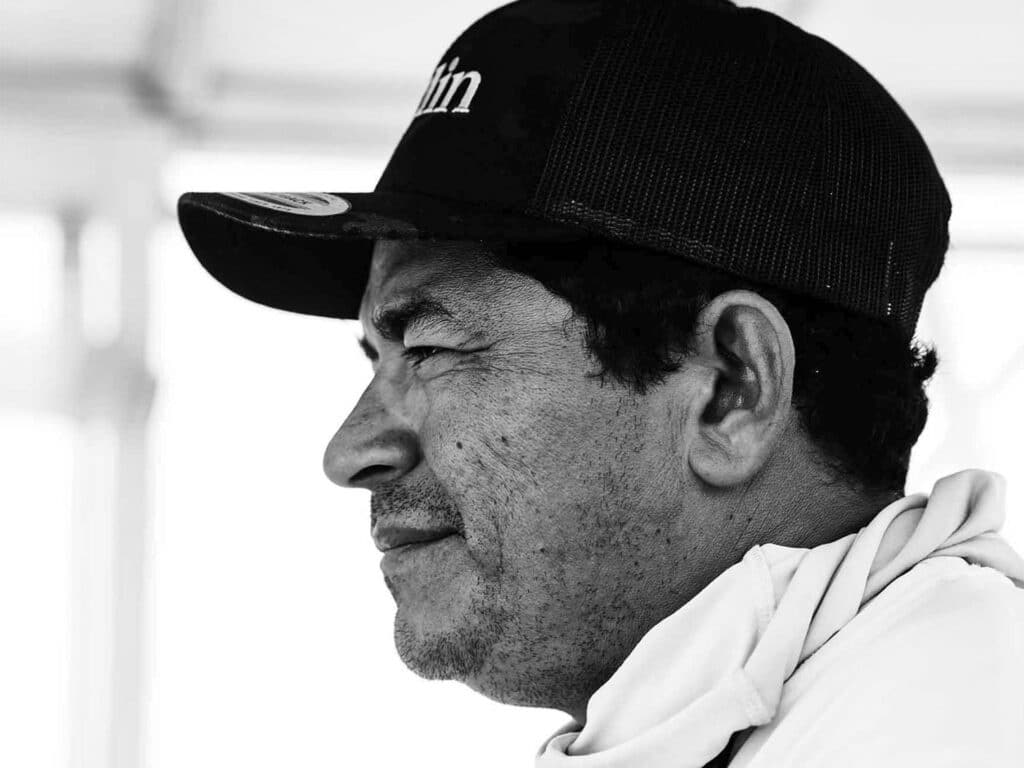
It’s hard to understate the additional fishing time that an overnight trip offers. Had we been on a typical charter, we would have completely missed the most productive bites in the mornings and late afternoons. Spending the nights offshore also gave us the time to look around to find productive conditions, not to mention that free-floating FAD, which really put us over the top in terms of bites. Spending multiple nights at sea isn’t for everyone—it’s definitely roughing it, but the rewards can well outweigh the hardships. And while we were unable to connect with that Guatemalan swordfish, it’s one of those rare firsts in sport fishing that’s still out there just waiting to be scratched off the list by some lucky angler.
Antigua: Guatemala’s Colonial Capital
Fishermen are often single-minded; we frequently find ourselves seeing a country only from the airport to the hotel and the marina, with lots of pretty bluewater vistas for a few days, before reversing the order on the way home. But anytime there’s a spare day or two, it’s often well worth it to take some time to experience the culture from an entirely new and different perspective. One of those don’t-miss spots in Guatemala is Antigua, at one time the colonial capital, from 1543 through 1773.
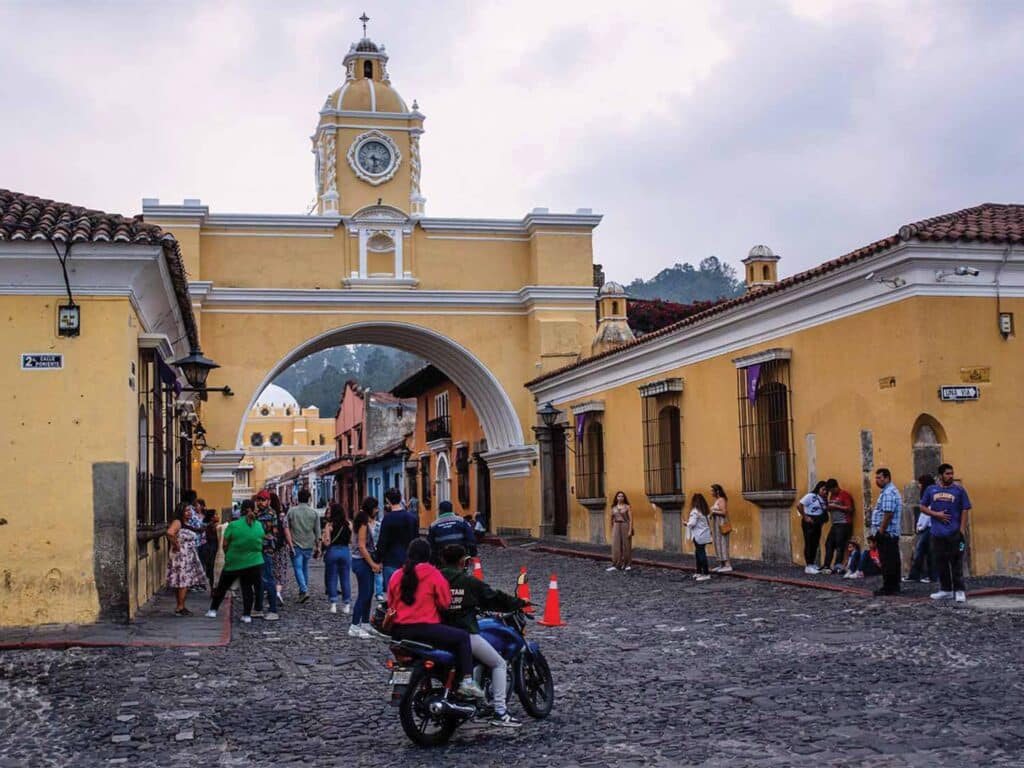
In the country’s highlands, surrounded by volcanoes and cloaked in cooler temperatures year-round, this quaint city displays a unique blend of Baroque-influenced architecture and a distinctly colonial layout. For these reasons and more, it was designated as a UNESCO World Heritage Site in 1979. Today, visitors can roam the cobblestone streets and visit a host of art galleries, restaurants and hotels. It’s also well known for its many Spanish-language schools, where students can learn the local language through complete immersion in the culture of the community. One of the most famous hotels in the city, Casa Santo Domingo, was previously a convent that was destroyed in a 1773 earthquake. The ruins were sold to private owners, who reconstructed most of the property and converted it into a luxury hotel property in 1989.
Marlin Expeditions Guatemala
Because of the consistent nature of the fishery and the opportunities for multiple bites each day, Guatemala is a top destination for Marlin Expeditions. Hosted by the five-star Casa Vieja Lodge, located just minutes from its fleet of classic gameboats in Puerto San Jose, anglers fish a different boat each day for four days, with a mini tournament on the final day. Professional instructors—themselves world-class captains, mates and tournament pros—are there to offer side-by-side hands-on instruction, making this the absolute best way to become a more proficient angler no matter what your skill level is. Check out marlinexpeditions.com for more information.






